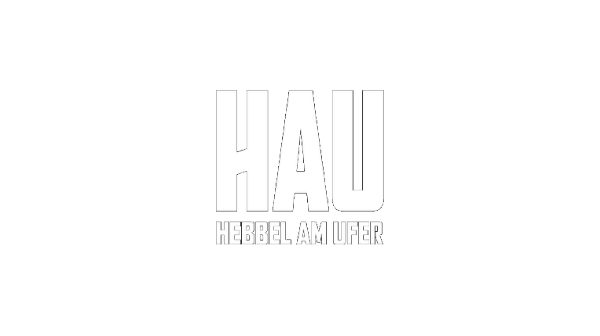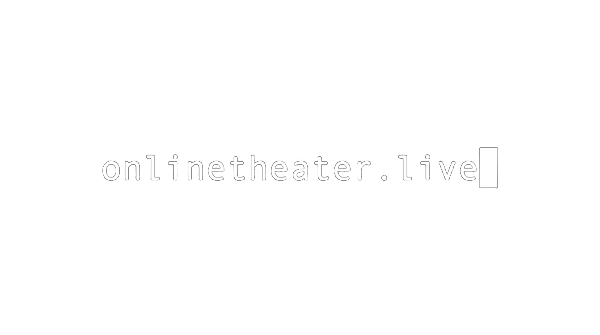
Code as Culture: The Intersection of Technology and the Arts
April 16, 2022 • 2 min read
Introduction
As a software developer, you know that code is more than just a set of instructions for a computer to follow. It's a language that shapes and reflects our culture, values, and beliefs.
Similarly, the arts - whether it be music, literature, visual art, or performance - have always been a way for humans to express and understand the world around them.
So what happens when these two worlds intersect?
One way that technology and the arts intersect is through the use of digital tools and platforms. Musicians may use software to create and edit music, visual artists may use computer-aided design (CAD) programs to create digital artwork, and writers may use word processors and publishing platforms to create and share their work.
But the intersection goes deeper than just the use of tools. Technology has also opened up new possibilities for artistic expression and collaboration. For example, the internet has made it possible for artists to reach a global audience and for fans to connect with artists in new ways.
Additionally, the intersection of technology and the arts can lead to new forms of art that blur the lines between the digital and physical world. Augmented reality (AR) and virtual reality (VR) experiences, for instance, allow users to immerse themselves in digital environments or interact with digital elements in the real world.
Challenges
Of course, this intersection is not without its challenges. The rapid pace of technological change can make it difficult for artists to keep up and some may worry about the impact of technology on traditional art forms.
But ultimately, the intersection of technology and the arts is a rich and exciting area of exploration. It allows us to use code as a way to express and understand the world in new and creative ways, and to push the boundaries of what is possible.
Selected Projects
See all
Yoona.ai
Fashion in Just Three Clicks.
Potluck
Headless Shopify Migration & Conversion Optimization
Loulu
An Interactive Fiction About Radicalization on the Internet.
Hyphe
A Play About Radical Honesty. But: Don't Judge.
Hamburg Distilling Company
WooCommerce Relaunch & Performance Optimization
Aimy Rocks
Aimy Rocks is: Events for Friends.
